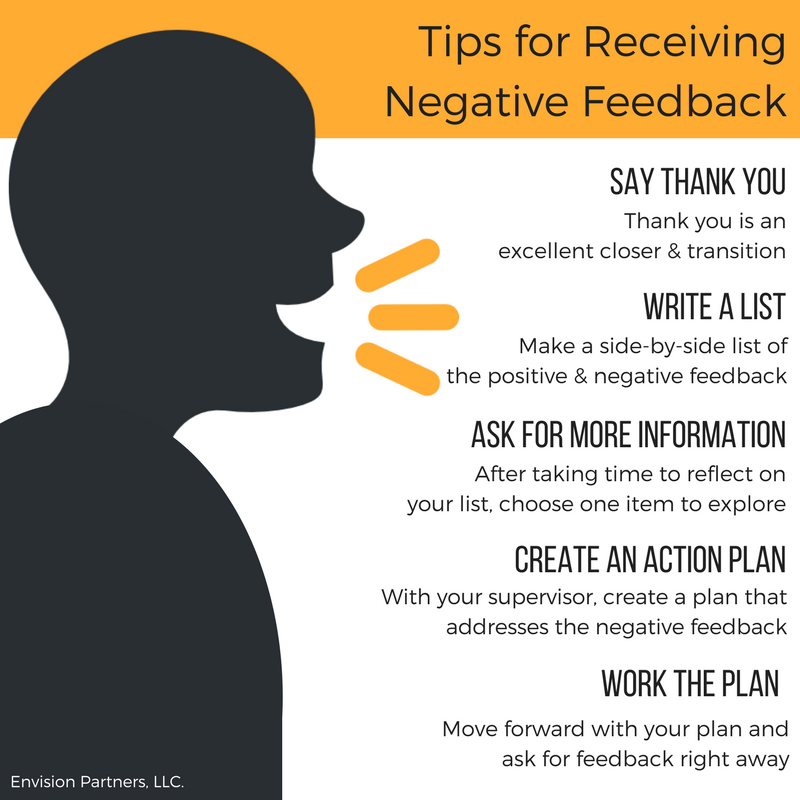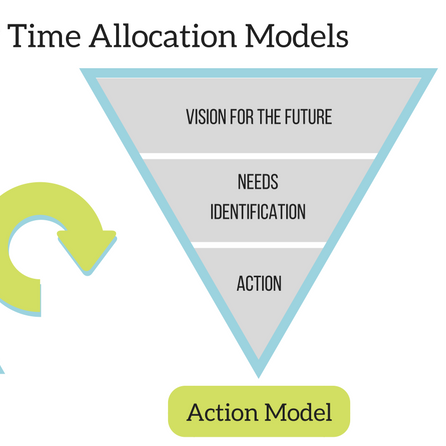Use Your Words
As a young boy, when I would throw a fit, my mommy always patiently said, “Jonathan, use your words”. This was good advice then and good advice now. We should use words to describe how we feel, not actions. Of course, never violence, but also walking out of a conversation, eye-rolling, arm-crossing, emoticons are all wordless (and worthless) forms of communication.
Being able to use words to describe our emotions requires having awareness of the emotions and words to properly describe them. Having this self-awareness of our emotions is the first step of emotional intelligence, which is a way to describe being aware and being able to work with our own emotions and those of others to build more effective relationships.
When I was a small child, I knew 4 simple emotions: Happy, Sad, Anger and Fear. As I grew, the range of emotions within each of these categories also grew. Grammar class and novels taught me that there were words to describe this range of emotions.
Too often we don’t pay attention to our emotions or to others’ emotions. In order to fully engage with someone and to maximize the potential of having a successful interaction, it is necessary to recognize what emotions might be present (ours and theirs). There are more than just 4 words to describe an emotion. Taking time to name the kind of emotion and then to nuance that understanding by actually putting a word on it is a great way to force ourselves to pause before we respond to someone else’s actions, for example, or we try to figure out what is going on with someone else. This pause and this articulation gives a new and nuanced perspective on the situation
I used several resources and the dictionary to construct a list of vocabulary words to help you get started. Throughout the day you will have several encounters when a little emotional intelligence will serve you well. Start by referring to this list to name that emotion as closely as you can, and see how your perspective changes.











